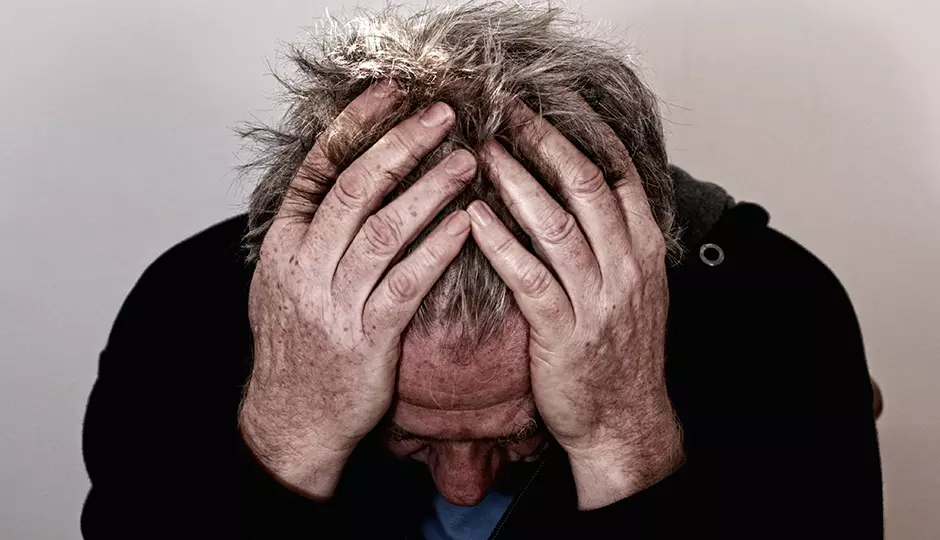Patients at New Image Hair Clinic often have questions about the role of testosterone in baldness. While testosterone itself does not lead to baldness in men, a powerful androgen created from testosterone can produce hair loss in the presence of the right genetic factors. Called dihydrotestosterone (DHT), this androgen is formed in the prostate and adrenal glands, as well as in the testes and hair follicles. An androgen is a hormone that leads to male characteristics in the body, and DHT plays a key role in the development of boys. It is responsible for the growth of hair on the face and body, for the maturation of the voice, and for a number of other sex-related characteristics.
Contrary to popular belief, the amount of DHT or testosterone is not necessarily any greater for men who experience hair loss than it is in other men. For men with certain genetic factors, however, DHT eventually begins to influence the proteins created by the hair follicles on the head. Hair goes through three growth cycles, and these cycles can be affected by DHT.
In men who undergo pattern baldness, DHT eventually decreases the number of hairs in the growth phase (anagen) and increases the number in the resting phase (telogen). Hairs in the telogen state are more fragile and may be removed by combing or washing, which accelerates hair loss. In addition, hairs in the growth phase become thinner and lighter in color. DHT effects a miniaturization process on hair follicles, slowly transforming them from the thick hairs we desire on our heads to the thin velum hairs that cover most of our bodies. In the early stages of male pattern baldness, this process leads to thinning hair and then to hair loss. In later stages, it can lead to a nearly complete loss of hair on the head. Today, many effective treatments exist for male pattern baldness. To discuss your options, contact New Image.


